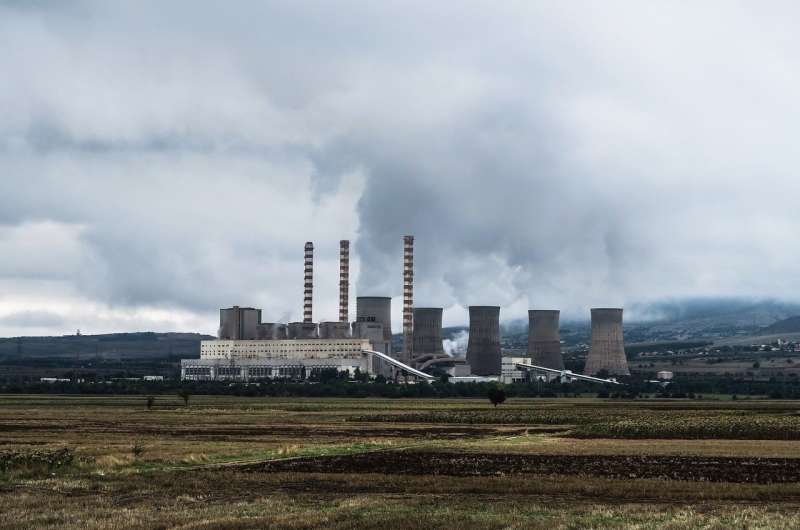
A new analysis by MIT researchers shows the places in the U.S. where jobs are most linked to fossil fuels. The research could help policymakers better identify and support areas affected over time by a switch to renewable energy.
While many of the places most potentially affected have intensive drilling and mining operations, the study also measures how areas reliant on other industries, such as heavy manufacturing, could experience changes. The research examines the entire U.S. on a county-by-county level.
"Our result is that you see a higher carbon footprint for jobs in places that drill for oil, mine for coal, and drill for natural gas, which is evident in our maps," says Christopher Knittel, an economist at the MIT Sloan School of Management and co-author of a new paper detailing the findings.
"But you also see high carbon footprints in areas where we do a lot of manufacturing, which is more likely to be missed by policymakers when examining how the transition to a zero-carbon economy will affect jobs."
So, while certain U.S. areas known for fossil-fuel production would certainly be affected—including west Texas, the Powder River Basin of Montana and Wyoming, parts of Appalachia, and more—a variety of industrial areas in the Great Plains and Midwest could see employment evolve as well.
The paper, "Assessing the distribution of employment vulnerability to the energy transition using employment carbon footprints," is published in Proceedings of the National Academy of Sciences.
The authors are Kailin Graham, a master's student in MIT's Technology and Policy Program and graduate research assistant at MIT's Center for Energy and Environmental Policy Research; and Knittel, who is the George P. Shultz Professor at MIT Sloan.
"Our results are unique in that we cover close to the entire U.S. economy and consider the impacts on places that produce fossil fuels but also on places that consume a lot of coal, oil, or natural gas for energy," says Graham. "This approach gives us a much more complete picture of where communities might be affected and how support should be targeted."
Adjusting the targets
The current study stems from prior research Knittel has conducted, measuring carbon footprints at the household level across the U.S. The new project takes a conceptually related approach, but for jobs in a given county. To conduct the study, the researchers used several data sources measuring energy consumption by businesses, as well as detailed employment data from the U.S. Census Bureau.
The study takes advantage of changes in energy supply and demand over time to estimate how strongly a full range of jobs, not just those in energy production, are linked to use of fossil fuels. The sectors accounted for in the study comprise 86% of U.S. employment, and 94% of U.S. emissions apart from the transportation sector.
The Inflation Reduction Act, passed by Congress and signed into law by President Joe Biden in August 2022, is the first federal legislation seeking to provide an economic buffer for places affected by the transition away from fossil fuels. The act provides expanded tax credits for economic projects located in "energy community" areas—defined largely as places with high fossil-fuel industry employment or tax revenue and with high unemployment. Areas with recently closed or downsized coal mines or power plants also qualify.
More information: et al, Assessing the distribution of employment vulnerability to the energy transition using employment carbon footprints, Proceedings of the National Academy of Sciences (2024). DOI: 10.1073/pnas.2314773121. www.pnas.org/doi/10.1073/pnas.2314773121
This story is republished courtesy of MIT News (web.mit.edu/newsoffice/), a popular site that covers news about MIT research, innovation and teaching.
Citation: County-by-county study maps the energy transition's effects on jobs (2024, February 5) retrieved 5 February 2024 from https://techxplore.com/news/2024-02-county-energy-transition-effects-jobs.html
This document is subject to copyright. Apart from any fair dealing for the purpose of private study or research, no part may be reproduced without the written permission. The content is provided for information purposes only.
